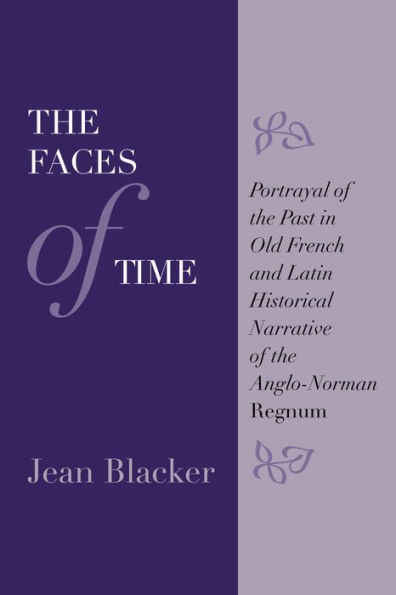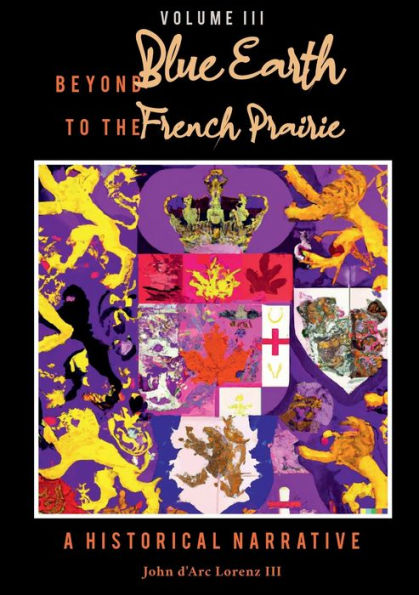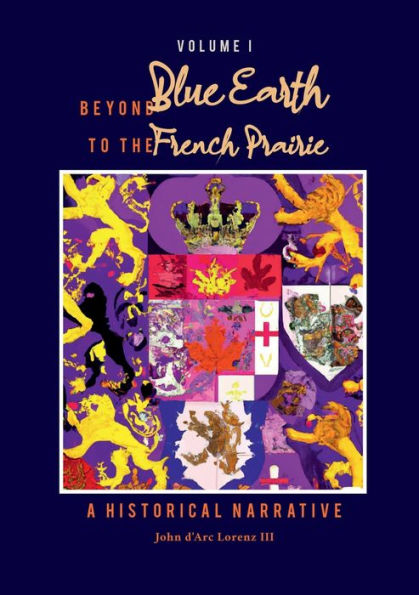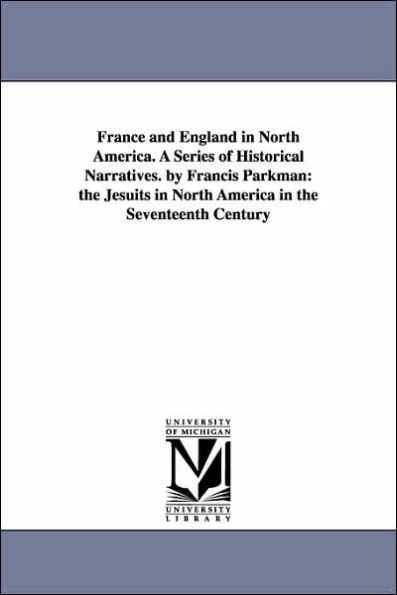Home
the Faces of Time: Portrayal Past Old French and Latin Historical Narrative Anglo-Norman Regnum
Barnes and Noble
the Faces of Time: Portrayal Past Old French and Latin Historical Narrative Anglo-Norman Regnum
Current price: $27.95


Barnes and Noble
the Faces of Time: Portrayal Past Old French and Latin Historical Narrative Anglo-Norman Regnum
Current price: $27.95
Size: Paperback
Loading Inventory...
*Product information may vary - to confirm product availability, pricing, shipping and return information please contact Barnes and Noble
The twelfth century witnessed the sudden appearance and virtual disappearance of an important literary genre-the Old French verse chronicle. These poetic histories of the British kings, which today are treated as fiction, were written contemporaneously with Latin prose narratives, which are regarded as historical accounts. In this pathfinding study, however, Jean Blacker asserts that twelfth-century authors and readers viewed both genres as factual history.
Blacker examines four Old French verse chronicles-Gaimar's
Estoire des Engleis
(c. 1135), Wace's
Roman de Brut
(c. 1155) and
Roman de Rou
(c. 1160-1174), and Benoît de Sainte-Maure's
Chronique des Ducs de Normandie
(c. 1174-1180) and four Latin narratives-William of Malmesbury's
Gesta Regum
(c. 1118-1143) and
Historia Novella
(c. 1140-1143), Orderic Vitalis's
Historia Ecclesiastica
(c. 1118-1140), and Geoffrey of Monmouth's
Historia Regum Britanniae
(c. 1138). She compares their similarity in three areas-the authors' stated intentions, their methods of characterization and narrative development, and the possible influences of patronage and audience expectation on the presentation of characters and events.
This exploration reveals remarkable similarity among the texts, including their idealization of historical and even legendary figures, such as King Arthur. It opens fruitful lines of inquiry into the role these writers played in the creation of the Anglo-Norman
regnum
and suggests that the Old French verse chronicles filled political, psychic, and aesthetic needs unaddressed by Latin historical writing of the period.
Blacker examines four Old French verse chronicles-Gaimar's
Estoire des Engleis
(c. 1135), Wace's
Roman de Brut
(c. 1155) and
Roman de Rou
(c. 1160-1174), and Benoît de Sainte-Maure's
Chronique des Ducs de Normandie
(c. 1174-1180) and four Latin narratives-William of Malmesbury's
Gesta Regum
(c. 1118-1143) and
Historia Novella
(c. 1140-1143), Orderic Vitalis's
Historia Ecclesiastica
(c. 1118-1140), and Geoffrey of Monmouth's
Historia Regum Britanniae
(c. 1138). She compares their similarity in three areas-the authors' stated intentions, their methods of characterization and narrative development, and the possible influences of patronage and audience expectation on the presentation of characters and events.
This exploration reveals remarkable similarity among the texts, including their idealization of historical and even legendary figures, such as King Arthur. It opens fruitful lines of inquiry into the role these writers played in the creation of the Anglo-Norman
regnum
and suggests that the Old French verse chronicles filled political, psychic, and aesthetic needs unaddressed by Latin historical writing of the period.









